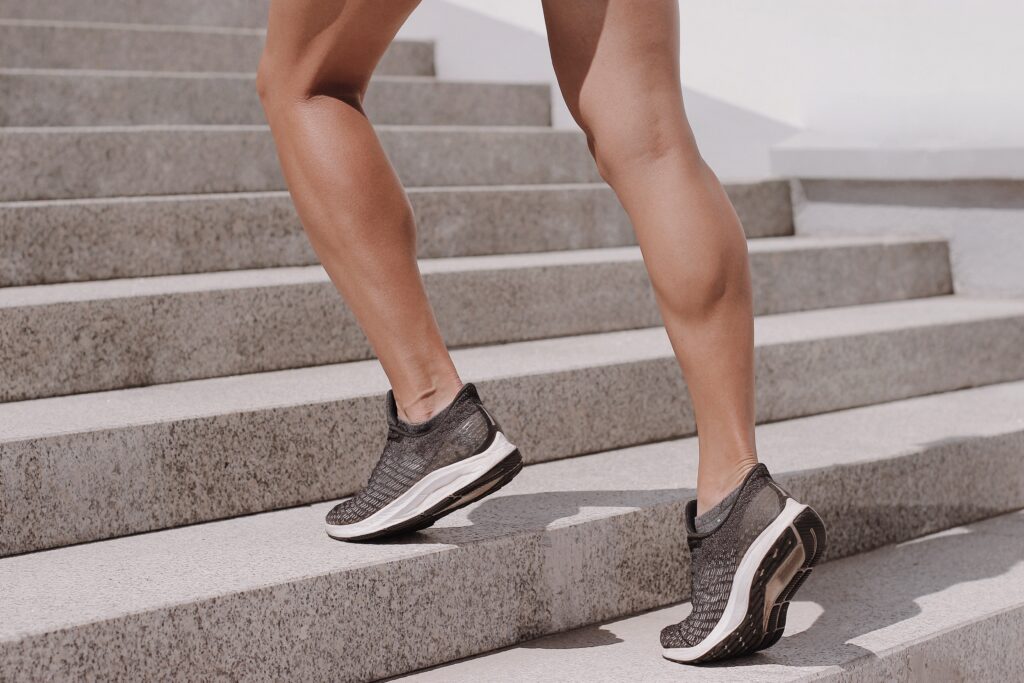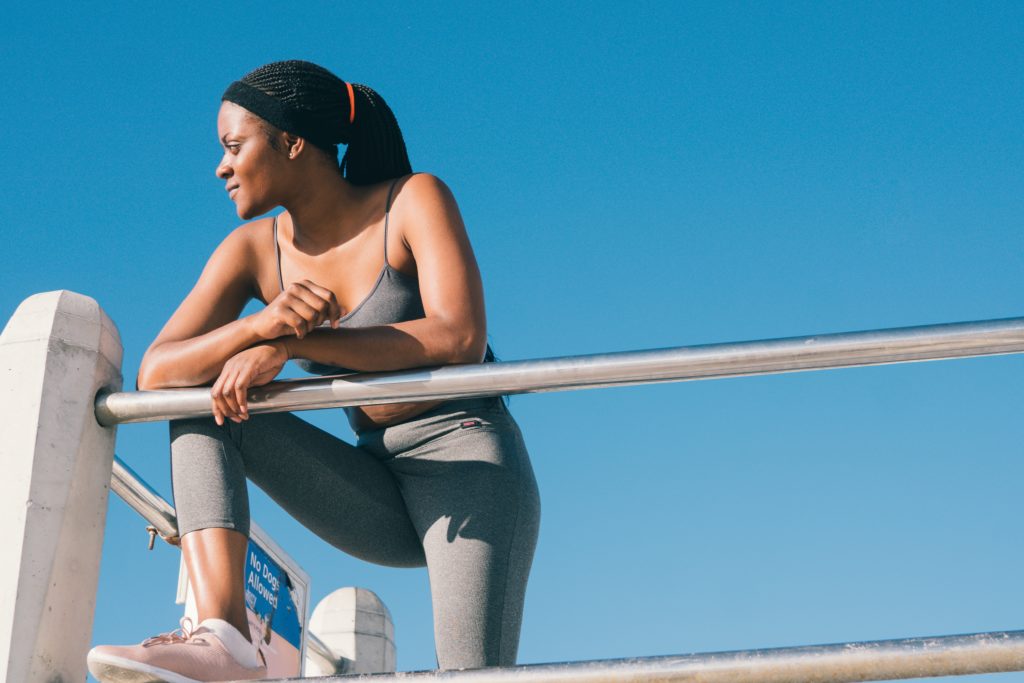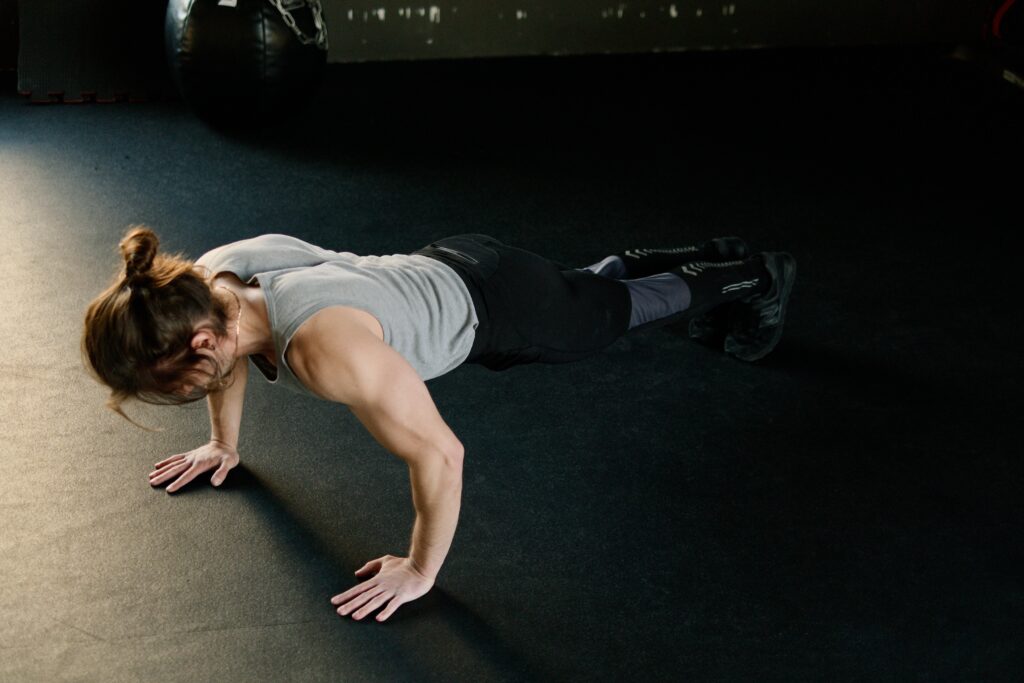- Combating Aging with Movement: Optimize your daily movements to counteract aging symptoms like stiff joints, weak muscles, and lack of energy. Incorporate science-backed healthy habits and exercises to boost longevity and maintain vitality.
- Hourly Activity is Crucial: Sitting for long periods, dubbed "sitting disease," can lead to severe health issues. Move every hour to prevent rising blood sugar levels, reduce inflammation, and lower the risk of chronic diseases similar to obesity and smoking.
- Overcoming Tech Neck: Poor posture from excessive screen time leads to "tech neck," causing neck and shoulder pain, spine curvature changes, and organ stress. Improve posture with mindful positioning, optimized office setups, and exercises like yoga.
- Diversified Workouts for Longevity: Combine strength, stability, mobility, and flexibility exercises to enhance overall health. Strengthen muscles, improve balance, reduce stiffness, and increase joint flexibility to lower injury risks and improve posture.
- HIIT and Cellular Health: High-Intensity Interval Training (HIIT) and resistance training promote hormesis, enhancing cellular defense and repair mechanisms. Regular practice improves resilience, slows aging, and boosts skin health by stimulating collagen production.
Discover the exercises that move you toward a longer, healthier life.
Stiff joints. Weak muscles. Lack of energy. These are just some of the symptoms that creep up on us as we get older and can eventually leave us immobile and unable to enjoy our twilight years. But what if I told you that you could change the way you move in your day-to-day life to offset the negative effects of aging and add extra (thriving) years to your life expectancy?
By switching up your routines to incorporate science-backed, healthy habits and include some of the best exercises for longevity, you can boost your body’s ability to ward off chronic illness and therefore hold onto your youth and vitality for longer. So, if you’re keen to move into your eighties with ease, read on.

Get up and move (every single hour).
Modern-day society means that most of us spend the majority of our waking lives glued to a chair or sofa. Scientists and wellness enthusiasts are dubbing this phenomenon “sitting disease” (more commonly referred to as a “sedentary lifestyle”) and it’s a major concern for public health.
But it’s not the act of sitting that will kill you; it’s the repercussions of not moving enough. Uninterrupted sitting can cause blood sugar levels to rise, which can cause the body to become less sensitive to insulin—leading to inflammation and a buildup of fatty plaque inside the arteries.
The Mayo Clinic reports that “sitting time and activity levels found in those who sat for more than eight hours a day with no physical activity had a risk of dying similar to the risks of dying posed by obesity and smoking”. So, you may think you’re doing enough by squeezing in a gym session at the end of your shift, but evidence suggests that you need to move around every hour to stay healthy in the long term.
Wondering how you get moving more throughout your day? Exercise snacks. No, we’re not referring to the calories burned when reaching for a bag of chips; we’re talking about incorporating natural movements into your day—like taking the stairs, walking to work, or carrying out manual chores.
If you’re not convinced that exercise snacks are more powerful than an intense workout at the end of the day, take it from the citizens of the Blue Zones. These are people who live in areas around the world with the highest concentration of centenarians, and they don’t spend any time on a treadmill…

Avoid the tyrant that is “tech neck”.
I’ve got bad news for you, it’s not just the act of sitting that’s the problem—it’s how your body is positioned while doing so. Whether you’re doom-scrolling on your cell or relentlessly typing away on your MacBook to meet a looming deadline, both scenarios usually include hunching over at a 60-degree angle with your eyes glued to the screen. The consequence? Tech neck.
If you’re keen to live as long as possible, short-term symptoms like neck and shoulder pain are the least of your worries. The changes in the curvature of the spine over time are the real concern, as it damages joints, bones, and muscles while putting stress on your organs and restricting blood flow. This is why poor posture has been linked to early death as well as a whole host of short and long-term complications.
All is not lost, even if you’re not prepared to put down your devices. If you’re racking your brains to think of how to improve your posture, our first suggestion is simple: Be mindful of the position of your head and neck to avoid slumping and hunching over. You can also optimize your office set-up for better posture, as well as carry out spine-friendly exercises like yoga and myofascial release.

Diversify your workout with these aspects.
As we established above, short bursts of movements known as “exercise snacks” are scientifically proven to add years to your lifespan. But if you really want to bolster your body and optimize your movements to take on the tribulations of old age, we’ve got three words for you: Diversify your workouts. Introducing the best exercises to live longer…
Strength
Around your thirtieth birthday, you reach peak bone density and your muscle mass starts to degrade naturally. That’s why it’s important to work on your strength in your youth so that your body is equipped with enough muscle and bone mass for you to maintain over the years. The outcome? Lower risk of injury and a higher chance of living longer!
Strength-building exercises: weightlifting, resistance bands, HIIT workouts, and bodyweight exercises like push-ups and squats.
Stability
I hate to break it to you but being strong isn’t enough. You must also master the ability to use your muscles to stabilize your body during movements. Stability training focuses on improving your core strength, balance, and coordination—helping to prevent injuries, reduce the risk of falls, and improve your posture.
Stability-improving exercises: core exercises such as planks and bridges, balance exercises such as single-leg stands, and coordination exercises such as agility drills.
Mobility
Want to stay as active as possible when you’re older? Make mobility a priority in your workouts. Specific mobility exercises can help improve joint health, reduce stiffness, and improve overall movement patterns, and regular practice may allow you to enjoy freedom and independence for longer in your more mature years!
Mobility-mastering exercises: foam rolling, joint mobilization exercises such as hip and shoulder circles, and mobility drills such as inchworms and lunge twists.
Flexibility
Flexibility refers to the range of motion in your joints and muscles. When we are flexible, we’re more likely to have better posture, balance, and mobility. Regular stretching can help improve flexibility, which can help you move better, and, you guessed it, reduce your risk of injury. But remember to refrain from over-stretching—this can be counterproductive!
Flexibility-focused exercises: static stretching such as hamstring and shoulder stretches, dynamic stretching such as walking lunges and leg swings, and yoga or Pilates.

Put your cells to work with HIIT.
Is stress good for you? If it comes in the form of resistance training or a HIIT workout, then yes. These types of exercise support long-term cellular health as they promote hormesis: aA biological phenomenon where low doses of stressors can actually stimulate cellular processes involving defense and repair mechanisms and therefore enhance your overall resilience and ability to deal with stress in the future.
Think about it when you have a tough session in the gym. Your body is really feeling it the next day. Maybe even moreworse a few days later. But when you recover and tackle the same workout a week later, you’ll notice that your body doesn’t feel as sorebad afterward. Eventually, with regular practice, your body doesn’t feel sorebad at all as the cells have learned to cope with the stress.
The bottom line? HIIT workouts and resistance training a few times a week can boost long-term cellular health. In other words, supercharging your cells with stress-coping skills slows down your body’s overall aging process. Bonus: These exercises also improve the delivery of nutrients to skin cells and stimulate collagen production, helping you ward off wrinkles and fine lines!
The takeaway.
By following the tips and advice in this blog, you’ll be moving closer toward a long, healthy, and fulfilling life! The earlier you start—the better! If you’d like to learn more about how to live longer by optimizing your movement, discover more longevity secrets in Dr. Brown’s Ultimate Guide.
